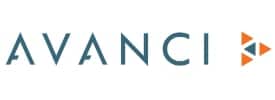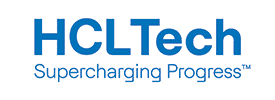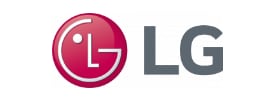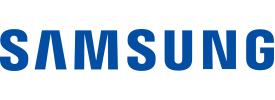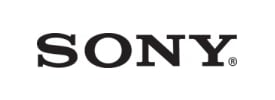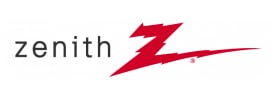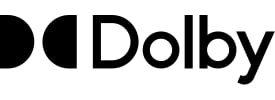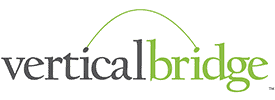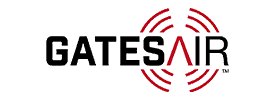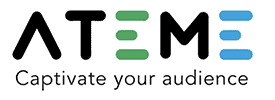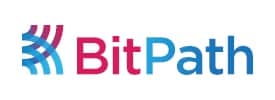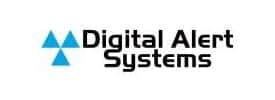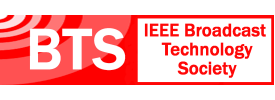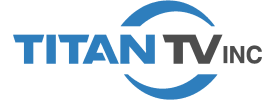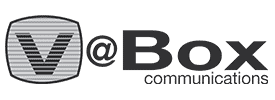- About
- Members
- Sponsors
- Subcommittees
- Technical Documents
- News
- Events
- Spotlight ATSC 3.0
- Contact Us
- Member Login
- Member Meetings
- Advanced Search
Search Site
Member Links
- About
- Members
- Sponsors
- Subcommittees
- Technical Documents
- News
- Events
- Spotlight ATSC 3.0
- Contact Us
- Member Login
- Member Meetings
- Advanced Search
Someone You Should Know: Heidi Steffen, TitanTV
Posted on March 2, 2021 in ATSC News
 Heidi Steffen was part of a product development team at TitanTV for Mobile DTV that never got off the ground, so when she learned about ATSC 3.0, it piqued her intrigue about what the future of television could become.
Heidi Steffen was part of a product development team at TitanTV for Mobile DTV that never got off the ground, so when she learned about ATSC 3.0, it piqued her intrigue about what the future of television could become.
“I could see how this new standard had a much better chance of getting off the ground then Mobile DTV did,” She said. “It’s exciting to be part of this new technology that has so much potential!”
“I am most proud of how, with the new standard, consumers will be able to have a more enriched and interactive OTA guide similar to what they experience in the OTT world today,” Steffen said. “With the different products and services we provide at TitanTV, we can give local broadcasters the capabilities to provide their viewers the visual show cards and movie posters in the on screen guide that will change OTA viewers’ behavior.”
As Senior Vice President of Sales & Marketing at TitanTV, Steffen participated in as many sessions and webinars on ATSC 3.0 as she could and brought information back to the company’s development team on what the new standard would mean for TitanTV, a long-time ATSC member and sponsor.
”I told them what changes and updates I thought we would need to make to our products to stay on top of the emerging technology.”
Steffen is now a part of the NAB Pilot project working to provide metadata and rich media for their ATSC 3.0 demos at the NAB Show (scheduled for October in Las Vegas) including building and creating sample programming and program schedules from scratch with the MediaStar Scheduler Tool.
“This included creating channel logos and showcards to make the ESG have the look and feel of a real TV program guide,” she said.
She also is involved with Pearl TV in testing the Next Gen TV Electronic Service Guide (ESG) data service for the Phoenix Test Market.
“In my opinion, the most impressive feature of ATSC 3.0 is the ability to geo-target content, providing different content, all in one stream,” said Steffen. “Traditional over-the-air broadcasting could be turned upside down when we can showcase the new abilities that local broadcasters will now have to serve their communities.”
A graduate of Cornell College with a dual degrees in International Business and Russian, with an emphasis in marketing, Steffen started a small company right out of college, JH Scientifics, importing various technologies from Russia.
The company shut down in 2001 and she got her first taste of the broadcast industry working for Cumulus Media for three years as a radio sales representative before landing at TitanTV in 2007. She started as an entry level sales rep but worked her way up to Senior VP, Sales & Marketing, her role since 2015.
Heidi and her husband, Chad, have been married for 10 years and have three boys and a dog, Ewok. Her family is active in 4-H, loves concerts, and motorcycle rides. And she spends time not only cheering the boys playing soccer, but also coaching them in basketball, sharing her knowledge from she when played at Cornell College as a center.
“Our goal as a family is to visit as many of the national parks that we can, the passion started when I worked at Yellowstone National Park one summer in college,” she said.
Posted in ATSC News
News Categories
News Archives
Subscribe
Subscribe to The Standard, our monthly newsletter. Learn More
Join ATSC
ATSC is a membership organization with both voting and observer categories. Voting members include corporations, nonprofit organizations, and government entities, and they participate actively in the work of ATSC. Observers are individuals or entities not eligible to be a voting member.
Subscribe to our Newsletter
Subscribe to The Standard, our monthly newsletter, to stay up-to-date with ATSC news and events around the world.
Site Links
Contact Us
ATSC
1300 I Street NW, Suite 400E
Washington, DC 20005 USA
Do you have questions about ATSC?
About ATSC
ATSC, the Broadcast Standards Association, is an international, non-profit organization developing voluntary standards and recommended practices for digital terrestrial broadcasting. Serving as an essential force in the broadcasting industry, ATSC guides the seamless integration of broadcast and telecom standards to drive the industry forward. Currently, the ATSC 3.0 Standard is providing the best possible solution for expanding the potential of the broadcast spectrum beyond its traditional application to meet changing needs. From conventional television to innovative digital data services, ATSC has one clear goal: to empower the broadcasting ecosystem like never before.
© 2025 ATSC



